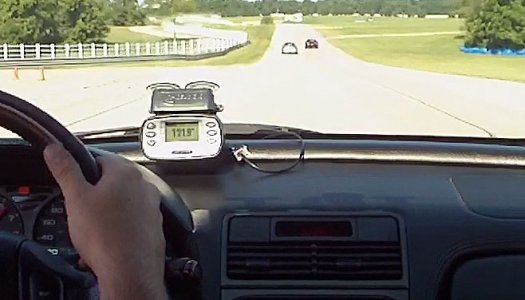Hi,
I want to upgrade my brakes for track days a bit and do it in a cost efficinet way. I do not have problem with the stopping power currently, but fading is a problem with the factory setup.
The idea is to use the factory calippers, with good quality and larger 2 piece rotors and with good brake pads and good cooling. Maintaining the factory bias and the relative low weight. There are several on the market, and to be honest I need some opinion which direction to go.
ROTOR BRANDS:
Bye
Tamás
I want to upgrade my brakes for track days a bit and do it in a cost efficinet way. I do not have problem with the stopping power currently, but fading is a problem with the factory setup.
The idea is to use the factory calippers, with good quality and larger 2 piece rotors and with good brake pads and good cooling. Maintaining the factory bias and the relative low weight. There are several on the market, and to be honest I need some opinion which direction to go.
ROTOR BRANDS:
- AP Racing CP 5000
- AP Racing CP 2589/CP7080/CP4475
- PFC V2 Direct Drive
- Racing brake (the one from Dali for example)
- Any other ??
- What size to use with the factory calippers front and rear?
- What is the maximum size which will fit in?
- Front: 324x28mm or 330x??mm or ???x??mm
- Rear: Racing brakes offers a 330x23mm. It is strange as the factory rear is smaller than the front. Is that OK?
- PFC
- ProjectM
- ???
Bye
Tamás
Last edited:









